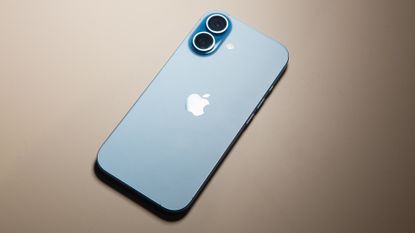Phone Reviews
-

OnePlus 15 review
OnePlus' 2025 flagship is no underdog – it not only stands shoulder to shoulder with its key competition, it outperforms them in some areas
By Mike Lowe Published
-
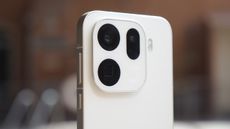
Oppo Find X9 Pro review: Shaking up the status quo
Oppo's flagship takes on Samsung and Google with better cameras and bigger battery life – it's a triumph
By Mike Lowe Last updated
-
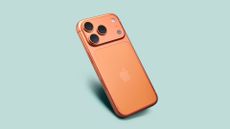
iPhone 17 Pro review: bold, beautiful and extremely powerful
The latest iPhone Pro models do everything a bit better, and the result is a phone that’s difficult to fault – especially when it comes to the cameras
By Mat Gallagher Published
-
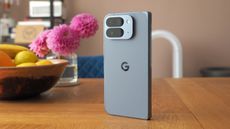
Google Pixel 10 Pro Fold review
Few changes for Google's latest foldable sees Samsung surge ahead
By Mike Lowe Published
-
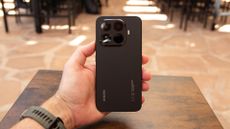
Xiaomi 15T Pro review: better than Samsung's Galaxy S25 FE?
The sub-flagship category gives you big specs for small cash – can Xiaomi deliver in this competitive segment?
By Chris Hall Published
-
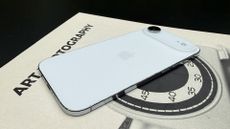
Apple iPhone Air review: the super skinny iPhone will surprise you
The Air is the thinnest iPhone ever but it's got more going for it than that
By Britta O'Boyle Published
-
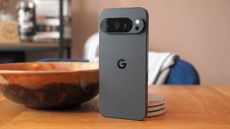
Google Pixel 10 Pro XL review: it's not boring, it's brilliant!
Google's big boss is back: the Pixel 10 Pro XL continues to deliver one of the best Android phone experiences available
By Mike Lowe Last updated
-
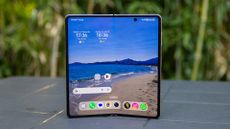
Honor Magic V5 review: a better choice than Samsung's Galaxy Z Fold 7?
Honor's thin-and-light folding phone packs in impressive battery life – but it's not without its compromises
By Chris Hall Published
-
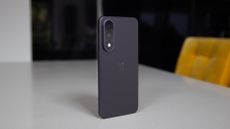
OnePlus Nord 5 review: does this mid-ranger have the mettle?
The OnePlus Nord 5 ditches the metal design of its predecessor, so what does it have to offer for this generation?
By Chris Hall Published
